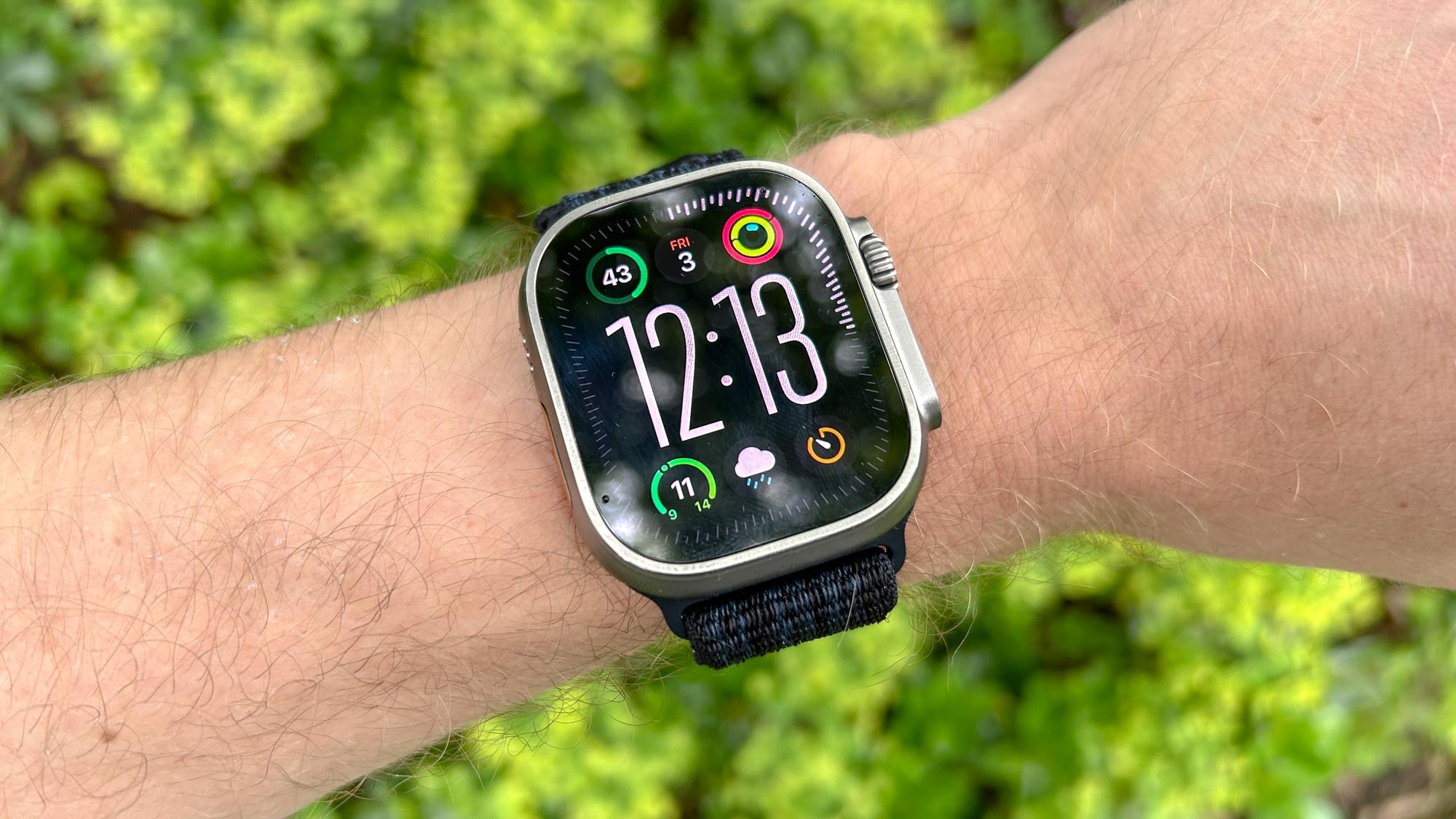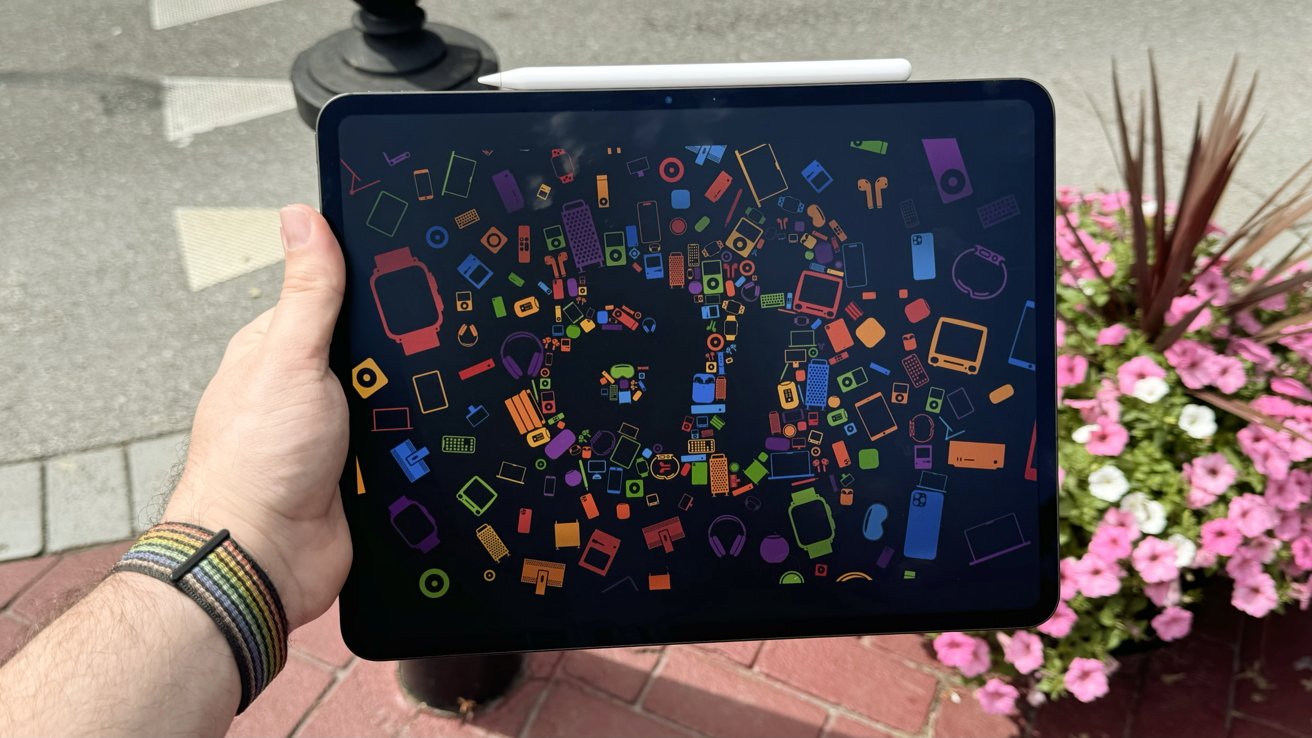A week ago, Apple surprised everyone by launching a new app and service named “Invites.” However, this launch has led to some unfair criticism about Apple’s approach to apps, suggesting they operate like Google does with its apps.
Google is well-known for starting new apps and services but then either shutting them down or merging them into something else. A good example is Google Podcasts, which didn’t last long. There’s practically a “graveyard” of Google apps that didn’t make it.
After the launch of Invites, some people started to think Apple does the same thing with its apps. But is that really true?
Not Dead Yet
Take the Apple Sports app, for example. It’s been around for a year now, and it keeps getting better. People love it so much they’re asking for a widget for their phones. It’s clear this app isn’t just left to die; it’s growing in popularity.
Then there’s the Journal app, which first appeared with iOS 17.2 in December 2023. By the time iOS 18 rolled out, the app had a significant update to version 2.0, bringing new features like search, sort options, audio transcripts, and more. The only thing missing is an iPad version, not updates.
Apple Music Classical, initially iPhone-only, expanded to include an iPad app and added features like album booklets. It even got a CarPlay app and Siri support.
Music Memos’ Legacy
Music Memos was an app for musicians to record their tunes. It lasted for five years before Apple decided to enhance the built-in Voice Memos app instead. Now, Voice Memos can record two tracks at once, which is great for songwriters who use voice and guitar.
Clips in the Classroom
Apple Clips isn’t dead either. It’s thriving in educational settings with features like royalty-free music and templates that teachers can use in their lessons. Instead of abandoning it, maybe Apple should focus on making a simpler video editing app like CapCut, but without the ByteDance connection.
Looking Ahead for Invites
The future of the Invites app might include tight integration with the Calendar app and could come pre-installed on new iPhones. Its success will depend on turning users into iCloud+ subscribers and having a strong advocate within Apple, similar to how Apple Sports has been championed.
In summary, Apple’s so-called “hobby apps” aren’t just side projects; they’re part of a broader strategy where apps are nurtured, updated, and sometimes transformed to better serve users.





